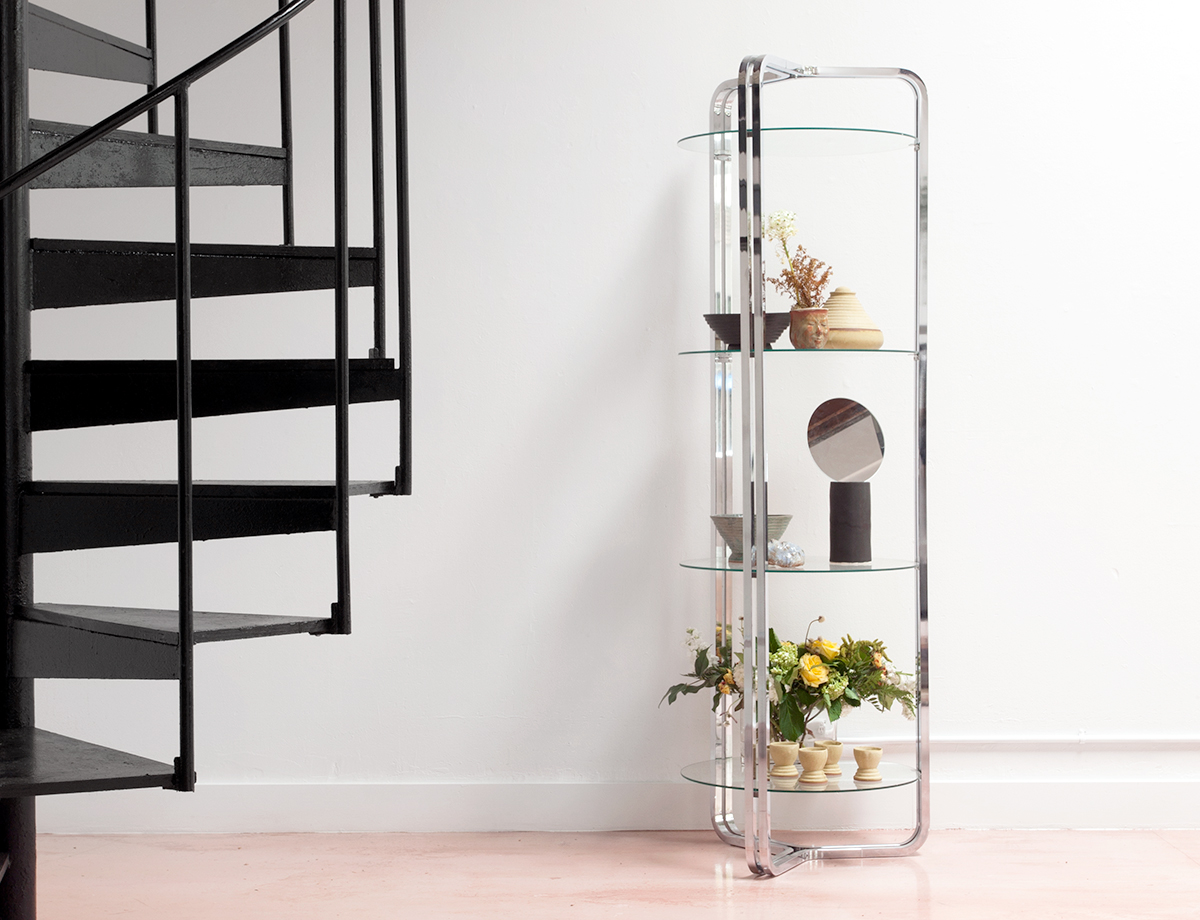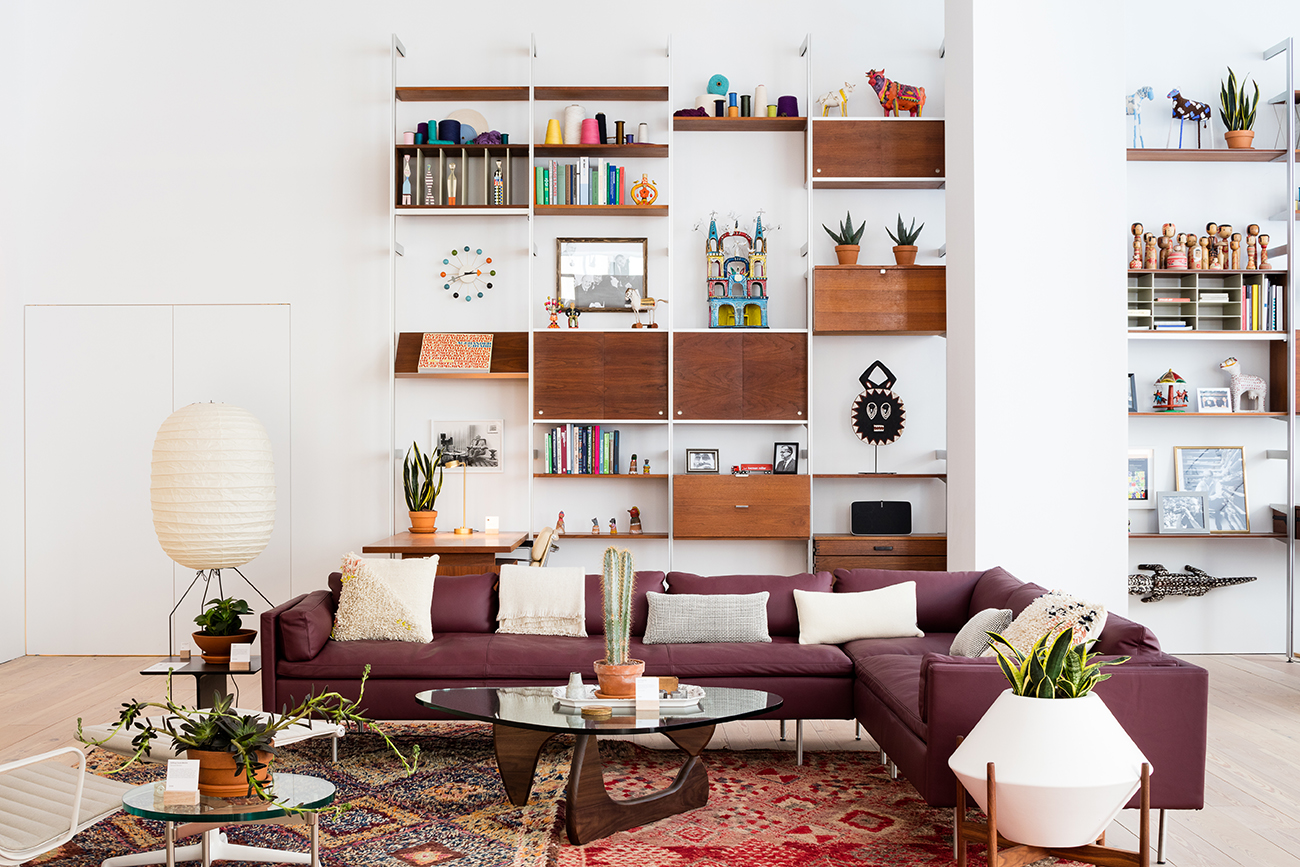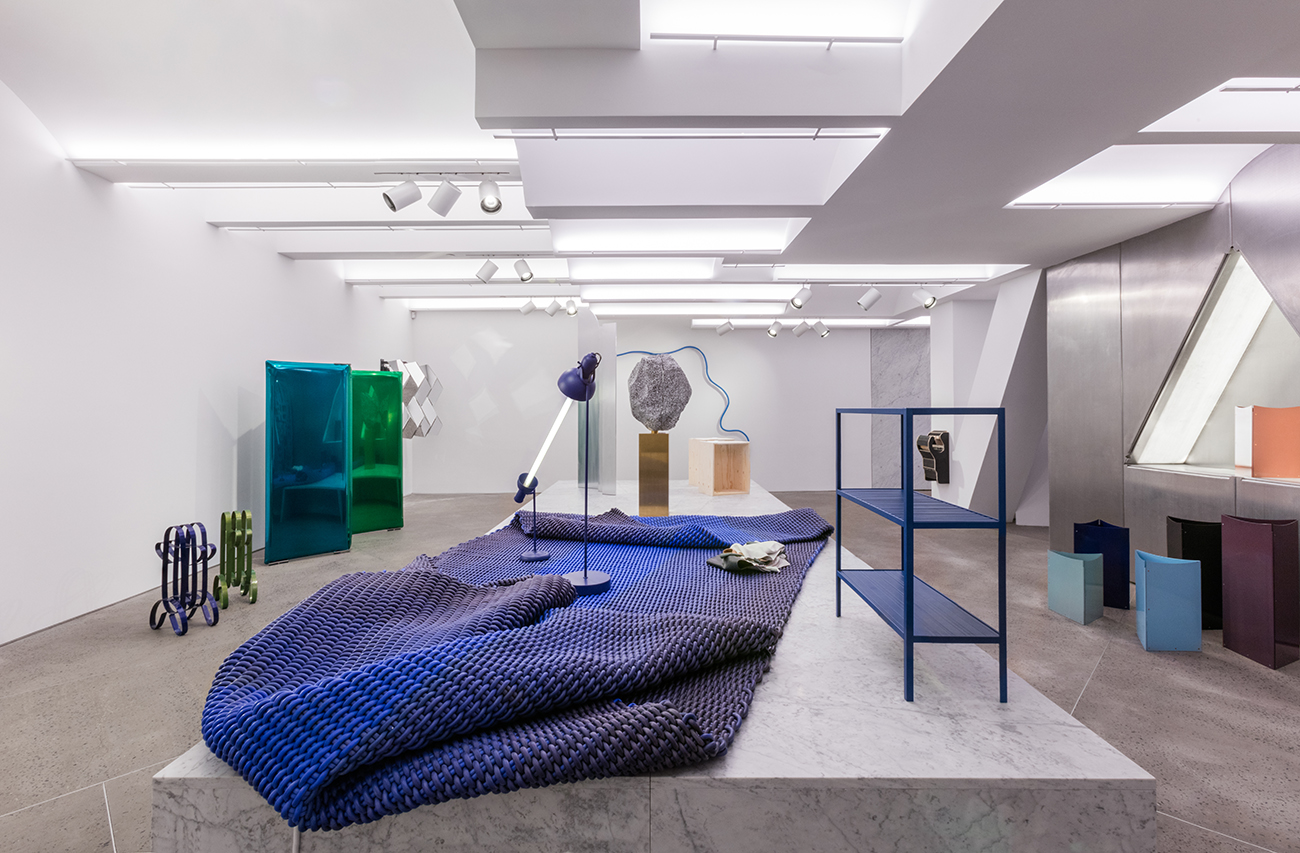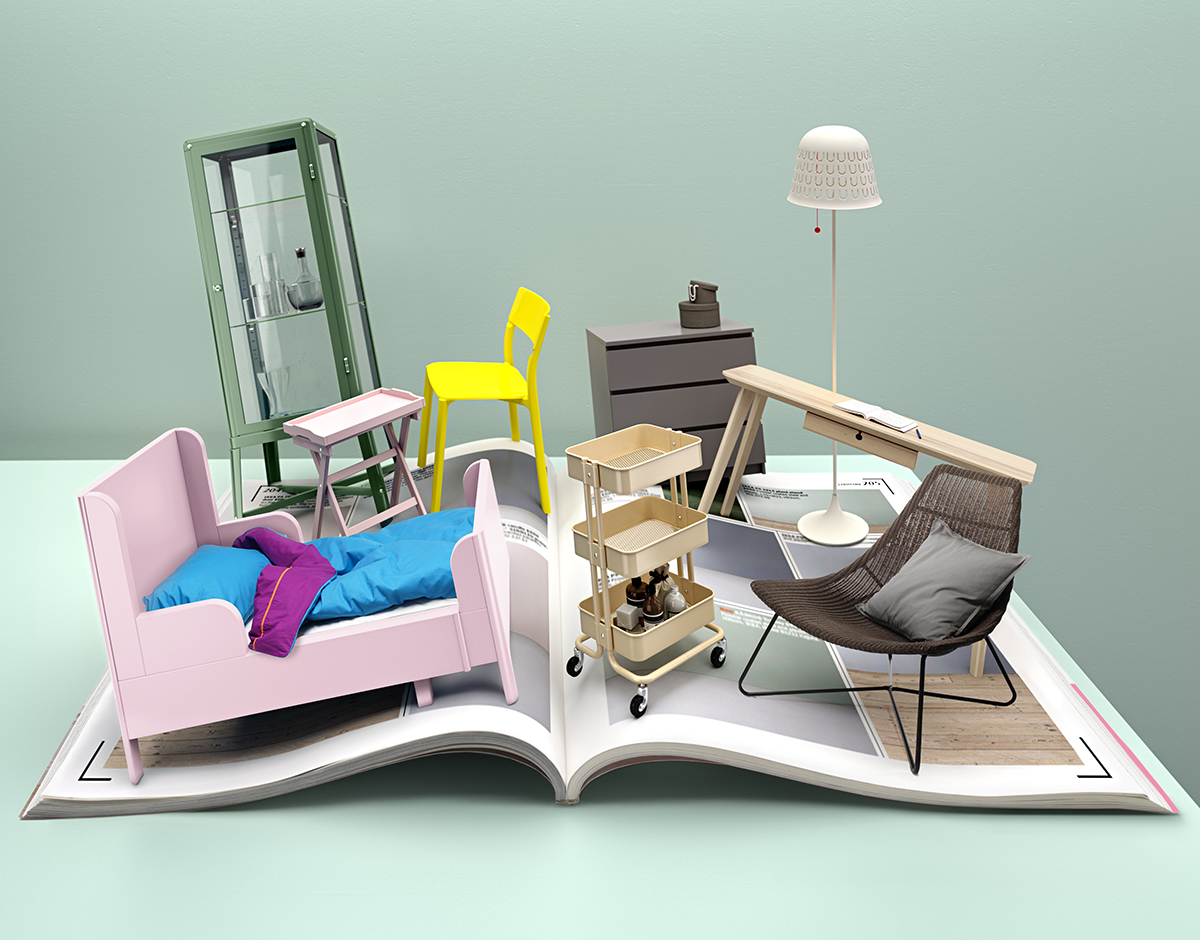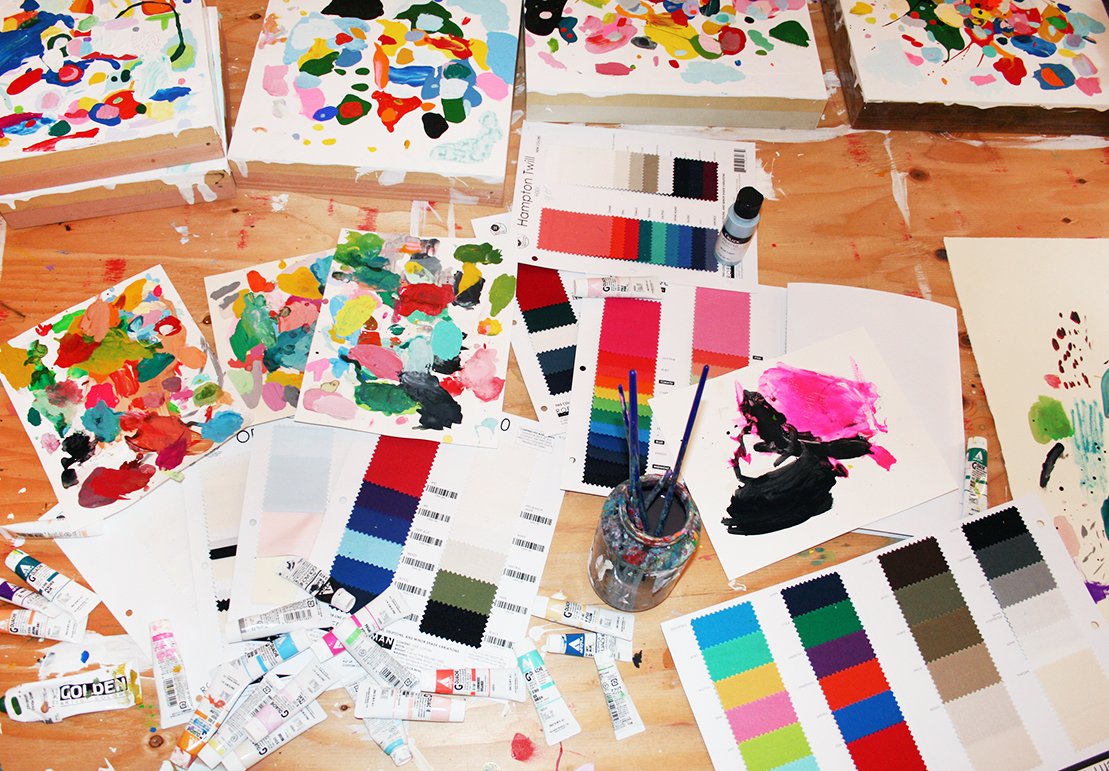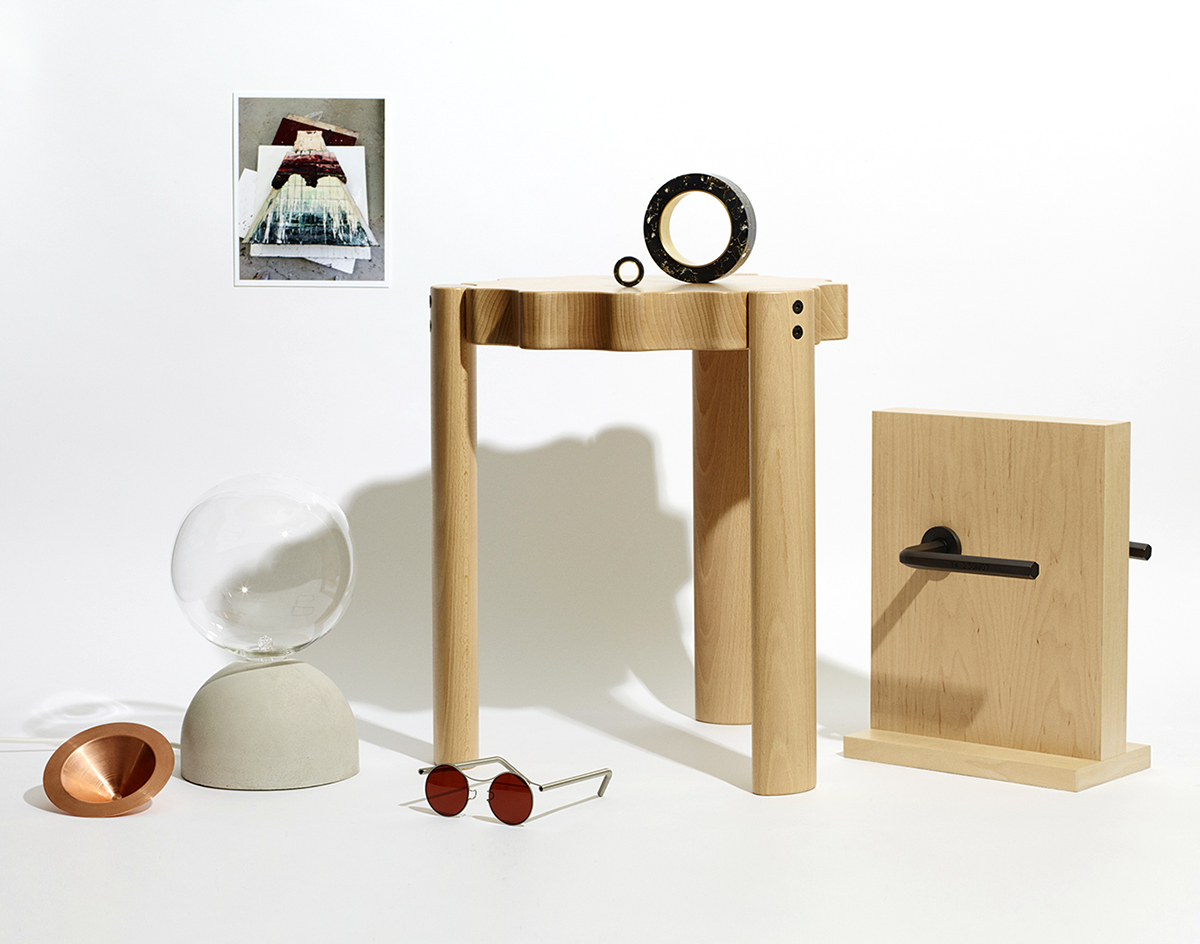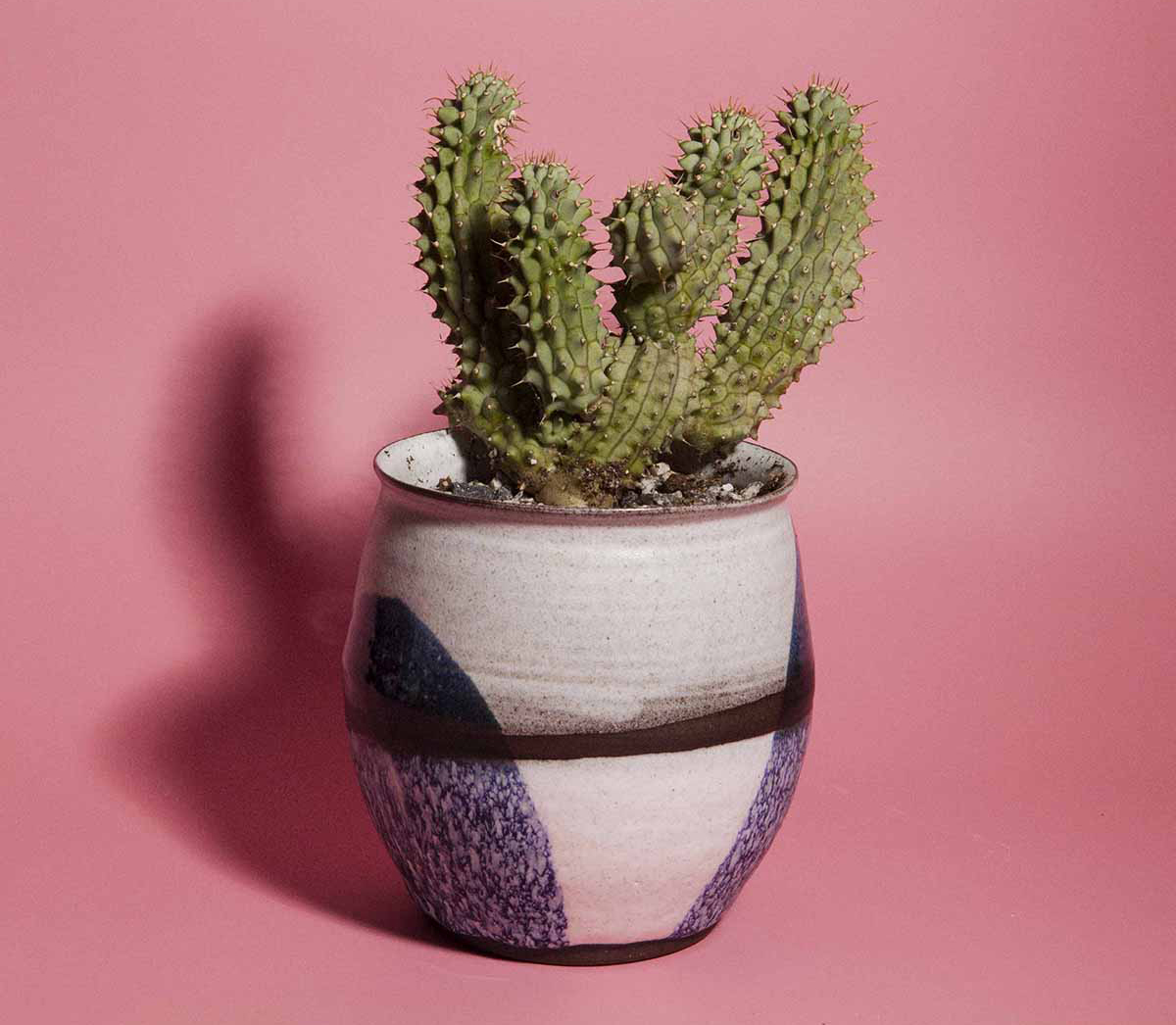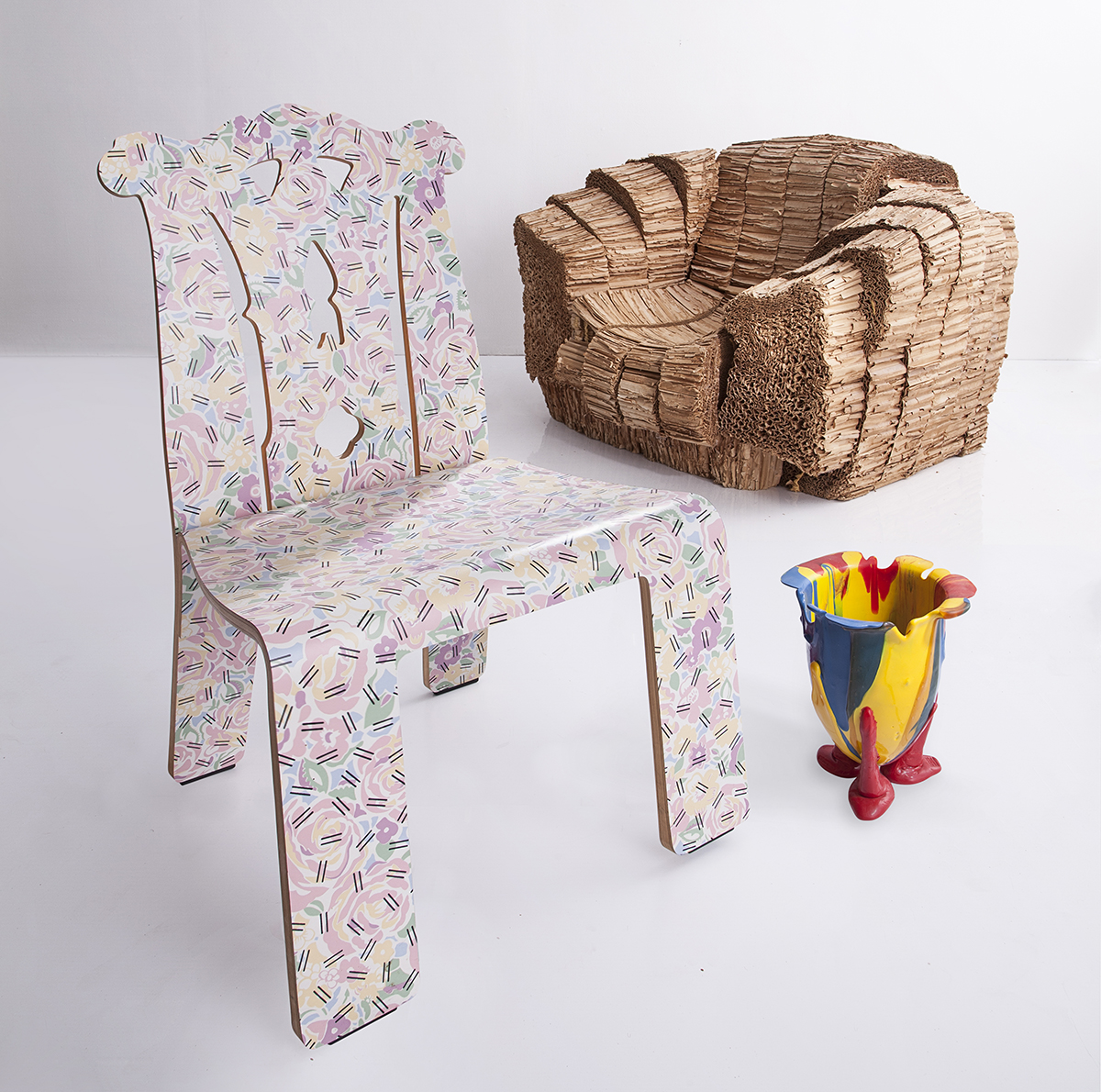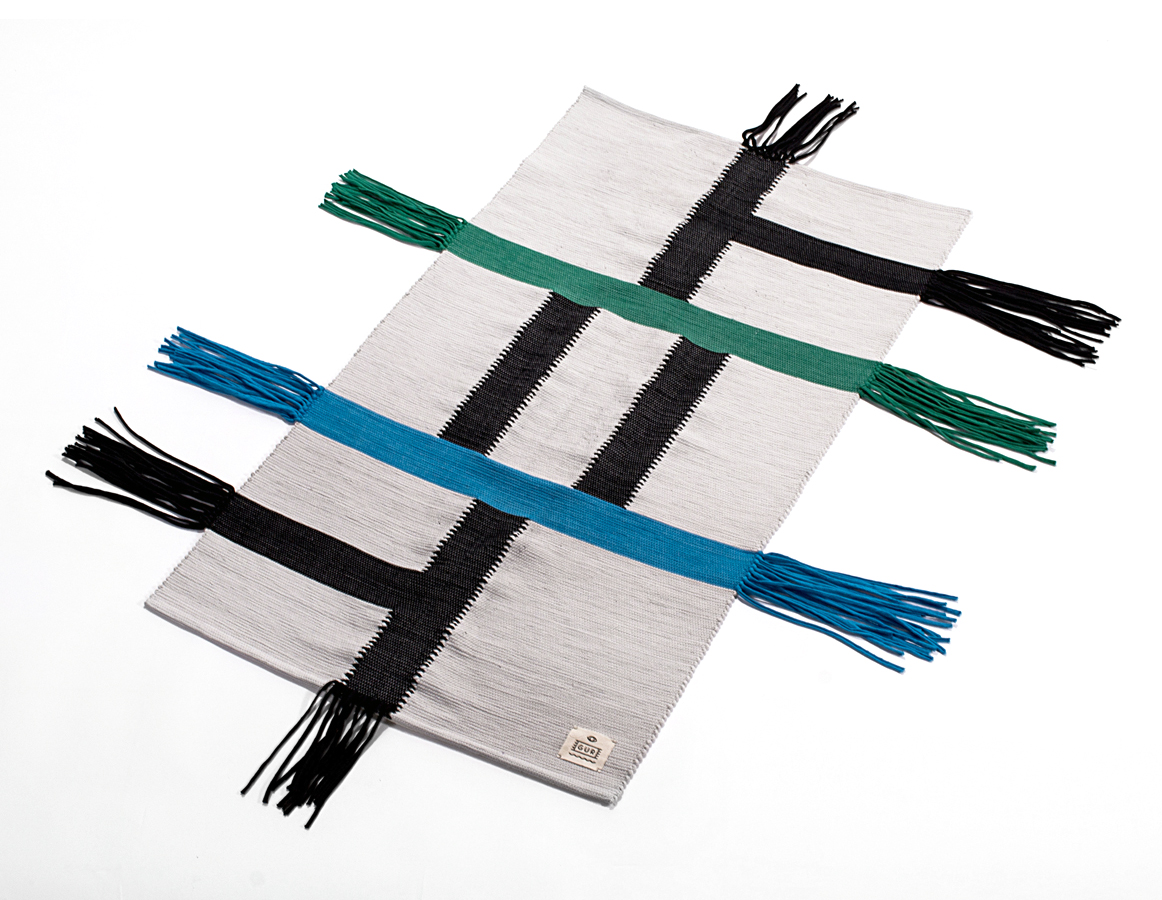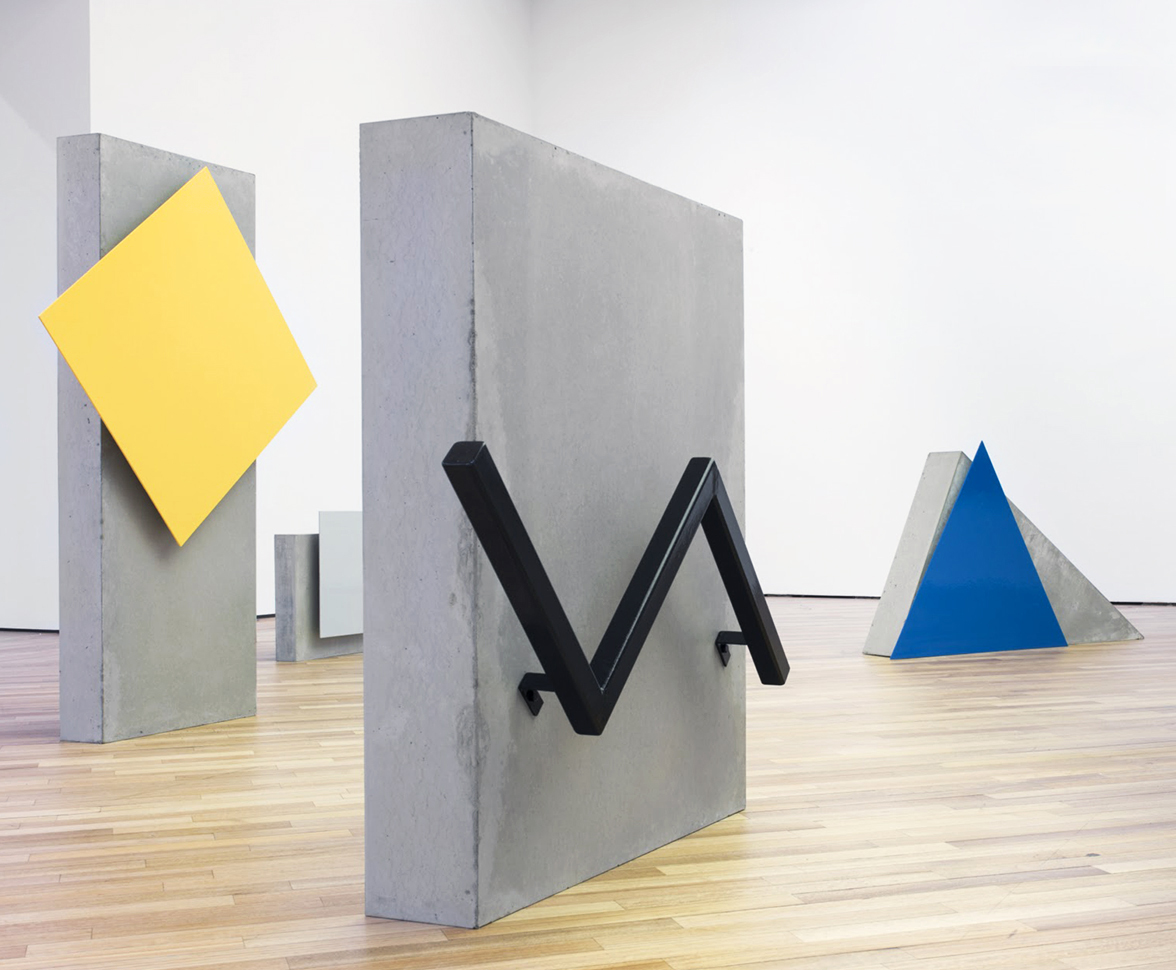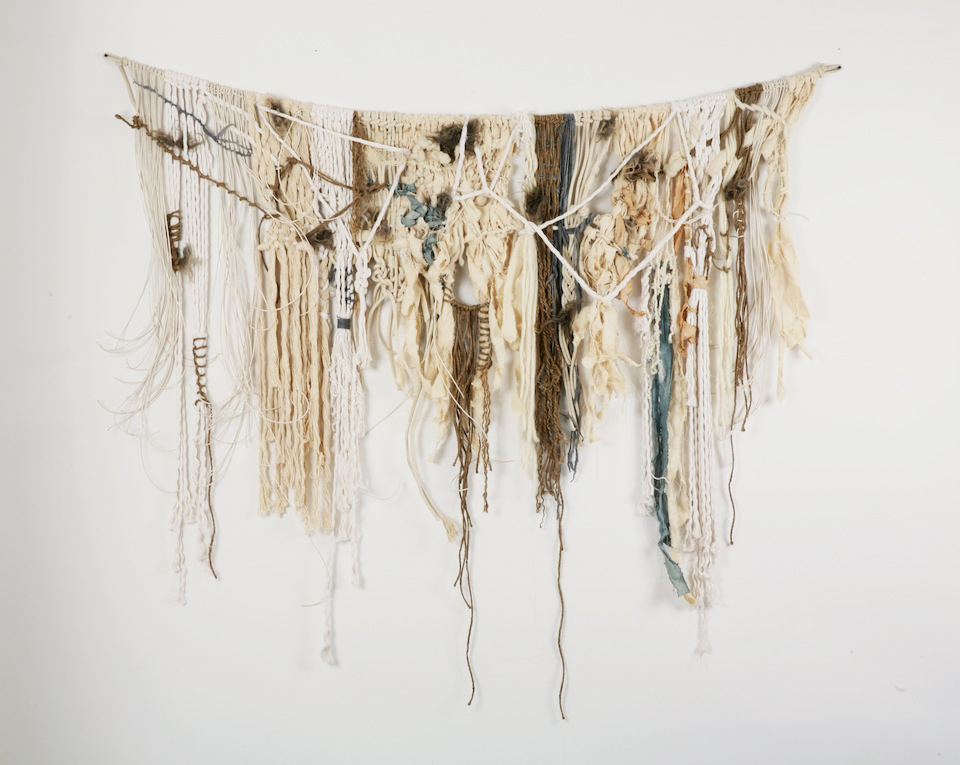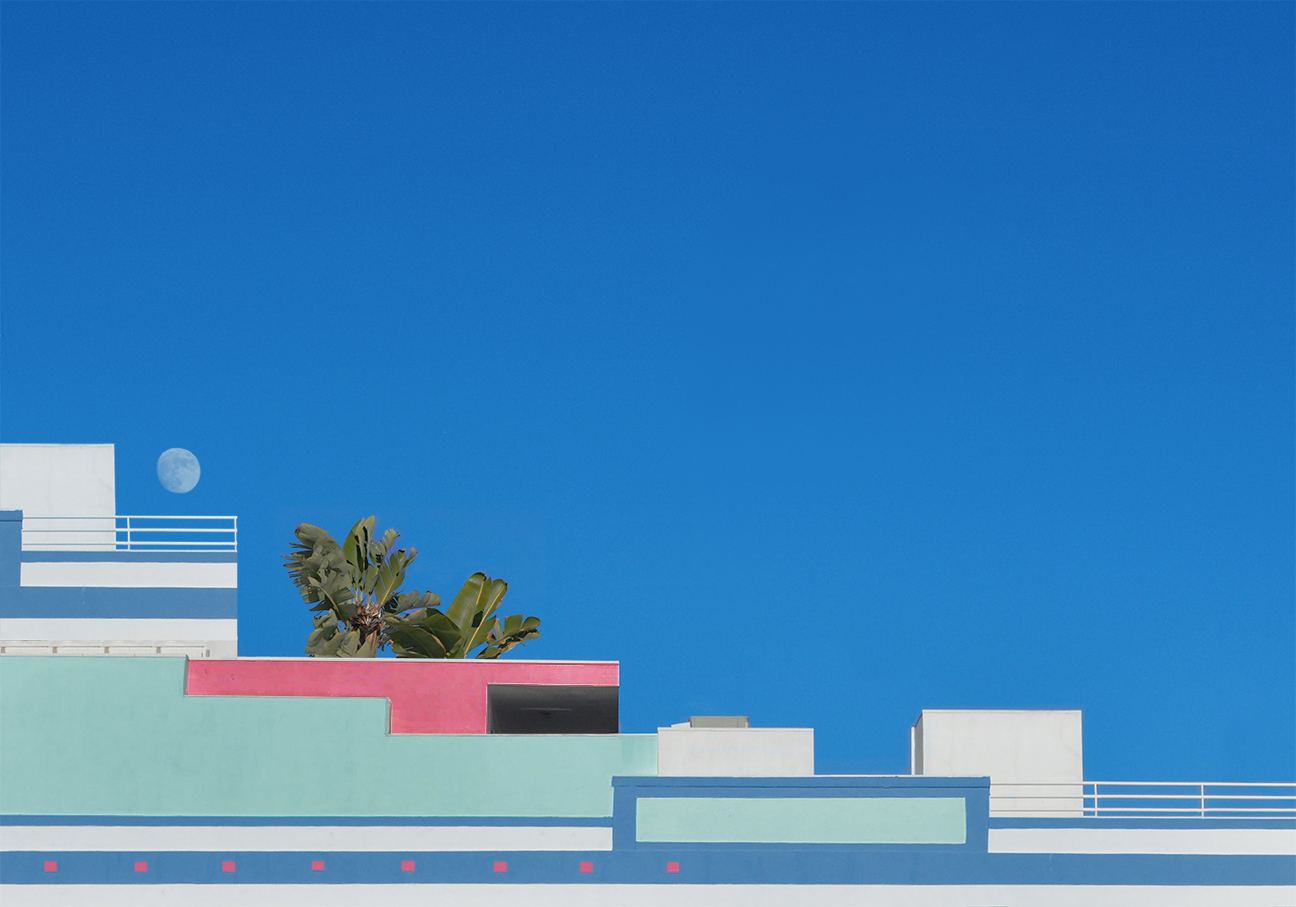
01.25.17
Q+A
Hayley Eichenbaum on Going Viral, Being Instagram-Famous, and How Photography Almost Saved Her
The romance of the American road has a lot to do with renewal, how to take what’s fallen into cliché and make it alive again. This is just what Hayley Eichenbaum has done in several photographic series — going on road trips to capture and create images that reframe the familiar as unearthly and surreal. Her work is guided by the geometry and clean lines of minimalist architecture and design, revealing a mysteriousness beneath flat facades and surfaces. But her pictures are also cinematic, echoing everything from Technicolor melodramas to Stanley Kubrick.
